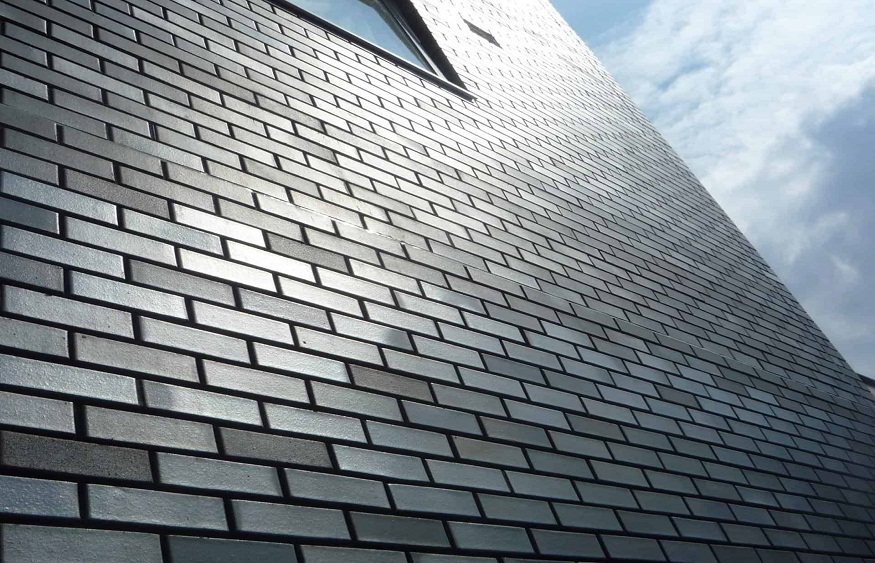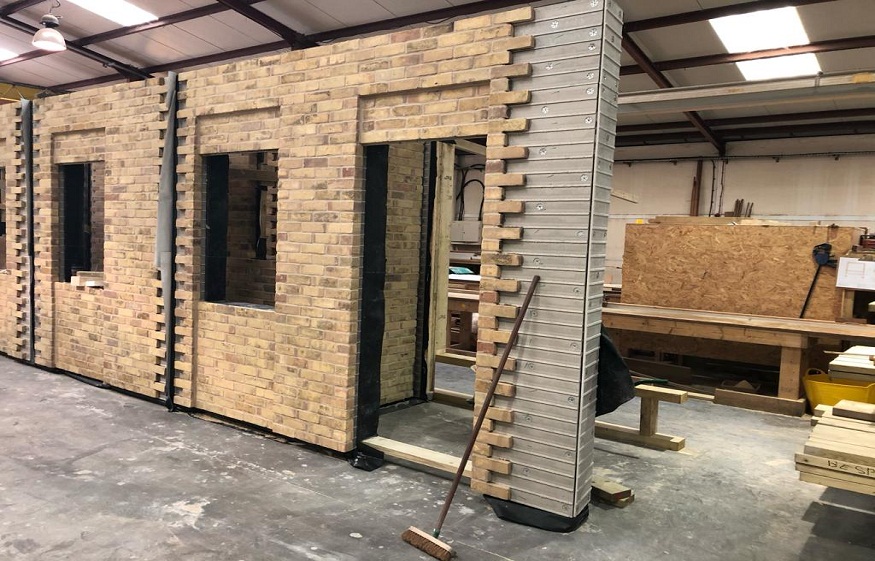Cladding with bricks can change the looks of a building dramatically by providing a sturdy covering that adds the look of actual bricks without the added weight and associated cost. Nonetheless, brick cladding poses specific challenges that, when not managed or avoided, the results might be below standard. Poor installation can also lead to more long-term problems. Below is a list of mistakes to avoid to ensure the appropriate brick cladding is put in place to give a proper finish.
1. Poor Surface Preparation
One thing that many people often fail to get right during the installation of brick cladding is surface preparation. The working area has to be clean, dry, and free from any contamination that might hinder the bonding of the cladding onto the substrate. If the surface preparation is done improperly, the cladding might not bond properly. That may cause it to come off later on. Furthermore, uneven surfaces can result in an uneven application, compromising both the structural integrity and aesthetics of the cladding.
Tip: Install the brick slip system on a clean, dry, even wall surface. Nothing is wrong if you prime the walls for the best adherence to cladding. Before installation, one has to use a level to check any irregularities on the wall and rectify them before going further.
2. Incorrect Mortar Mixing
The mortar is the adhesive that binds the brick cladding to the wall. Correct mortar proportions are necessary. Otherwise, the bonding will not be strong if the mortar is thick or too liquid or if the two have not been properly combined. If the mortar preparation is too wet, it will not provide the necessary support for cladding bonding. Besides, a too-dry mixture leads to the formation of gaps and poor bonding. The mortar must also blend well.
Tip: Read the manufacturer’s instructions on how to mix mortar to achieve appropriate consistency. Mix mortar in small portions to achieve workability, especially if the working area experiences high temperatures that may cause the mortar to dry quickly.
3. Inadequate Application of Mortar
Even with the correct mortar consistency, there is still a great chance that the application process will cause problems. If the amount of mortar is inadequate, the cladding will be loose or fall off. Too much mortar will result in mortar oozing from the edges.
Tip: Use the correct amount of uniform mortar as needed and spread the mortar to all the backs of brick cladding pieces. Try to avoid applying the mortar to the edges. Otherwise, there will be excess squeezing out during installation.
4. Neglecting to Seal the Cladding
Like in traditional bricks, the brick cladding may soak water if the surrounding area is not adequately sealed. Eventually, it leads to the deterioration of the cladding or the growth of mold or even mildew if the environment is humid.
Tip: Before placing the cladding and the mortar hardens, coat the surfaces with a high-quality sealant to keep the structures from getting wet. Confirm if the sealing product is for the brick cladding you want to install.
5. Inadequate Support for Heavy Cladding
When using brick cladding, not every wall can accommodate the loads of cladding materials like natural stone or related materials. Installing heavy clad to a weak or improperly reinforced wall poses a problem, such as cracking or wall failure.
Tip: Before the installation, evaluate the load your wall can bear. Before installing heavier cladding materials, you should provide additional supporting structures or extend the existing structure to accommodate the load. Alternatively, you can opt for lightweight brick cladding.
6. Skipping Professional Advice
A homeowner interested in the DIY approach to fixing their house may be inclined to fix a brick cladding without involving professionals. Although the process is often simple for those who have done it before, it is challenging for newbies and people without basic knowledge or prior experience. It comes with numerous considerations that may need professional help, especially when dealing with large construction projects.
Tip: For any uncertainties regarding any stage of the installation process, consult a professional contractor or builder. They can provide valuable information to assist in future pitfalls and guarantee a good result.
Conclusion
If not well done, cladding can develop problems such as poor adhesion due to insufficient surface preparation, wrong mortar proportions, and failure to seal the cladding. Doing it properly or consulting experts when necessary means you will have an attractive cladding that enhances your building’s aesthetic value.





